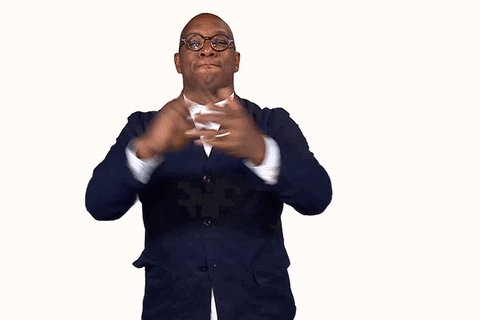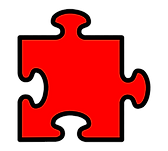

TAKE A BOW
Now that you've seen the show, let's unpack.
Evaluating works of art can be a challenge. Let's walk through some guided questions and activities to round out your experience.

1. ON THE BUS
Here are some questions that you can use to guide conversation on the way back to school:
-
What resonated with you? (What does it mean to resonate?)
-
What's one thing you'll remember about this experience a year from now?
-
If you could work on any part of the production, what would you do?
-
What do you "wonder?" Meaning - what would you like to learn more about?
2. CLASSROOM ACTIVITY
EXPLORING THEMES
Guide a classroom discussion on the themes of The Da Vinci Code, some of which are listed below. Then, use the attached lesson plan to explore some claims made in the story.
Fact versus Fiction:
-
There are a lot of things in the story that were made up by Dan Brown (the author of the book). What responsibility (if any) do creatives have in ensuring their audience knows the difference between real and imagined?
-
As you watch(ed) the play, what pieces can you identify as possibly being fictional?
Self-Interest versus Collective Good:
-
Several characters claim to be acting on behalf of a larger organization or a higher power. Are they really? Or do they only want something selfishly? Is it best to act in your own interests or should you think of what is best for society?
Secrets and Power:
-
The Da Vinci Code explores the power that secrets can give people How do you feel about people who use secrets for their own advantage?
-
How do secrets and power intertwine in the play?
Patriarchal Structures versus Female Empowerment:
-
The Da Vinci Code critiques traditional male-dominated institutions and highlights Sophie's role as a representation of modern feminine strength and independence. Where else do you see this playing out?

4. NEED MORE?
PUZZLES, RIDDLES, AND RESOURCES
If you didn’t get enough, here are some links to more puzzles, riddles, and resources!

A DEEPER LOOK
Behind the scenes: Visit the show page on our website for more.
Discover videos, photos, and press coverage about the show, as well as more information about the creative team (playwright, director, and designers), and behind the scenes photos and stories at the bottom of the page!
Visit The Da Vinci Code show page for more about the show.
Follow us on Instagram @alleytheatre for updates and behind the scenes about each upcoming production.
THANK YOU!
"HOUSTON, THIS IS YOUR THEATRE!"
We are committed to serving our schools and community.
Check out our other programs – reach out if we can be of service.




